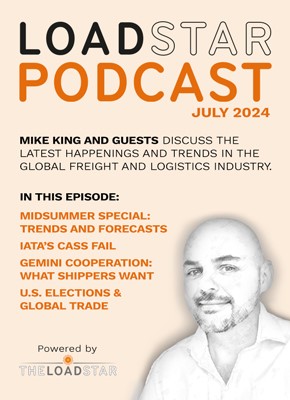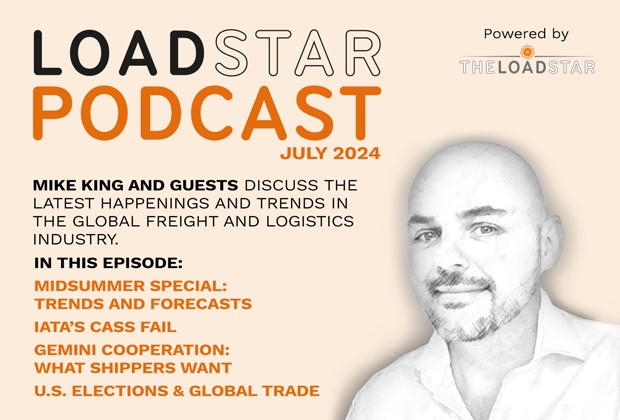
The chronic overcapacity that has so sharply contributed to the extreme rate volatility and reduced carrier earnings on major deepsea container shipping trades is set to ease, Hapag-Lloyd chief executive Rolf Habben Jansen said today.
At the Journal of Commerce’s Container Trade Europe conference in Hamburg this morning, Mr Habben Jansen said several fundamentals would begin to address the supply-demand imbalance that has afflicted shipping trades in recent years.
“Before we all jump into despondency, this is actually quite a healthy industry,” he said. “In 2014, the global container trade was about 20% above what it was in 2008, while many economies around the world haven’t shown that sort of growth.”
He argued that while the growth of capacity had been significant over the past 10 years – and especially this year – over the next 18-24 months it would be less-than or at least equal to demand growth.
“One important thing to note is that there is a big difference between the nominal capacity declared by shipyards and shipping lines about new vessels, and their actual carrying capacity. If you look at a 20,000 teu ship, in reality it carries 16-16,500 teu,” he said.
He also argued that the current generation of ships were unlikely to be superseded any time soon, because “as you go larger, the incremental benefits of bigger ships diminish”.
“We are starting to reach the limits of what makes economic sense, which means that that whole wave of investment is beginning to slow down.”
However, it is next year’s opening of the Panama Canal that could have the most dramatic effect on the supply-demand balance, as the current maximum size of 4,500 teu increases to around 12,000 teu.
“At some point in 2016, you will have a whole class of [smaller] ships that will become uneconomical – what will we do with these vessels, which currently represent 20% of the global fleet?
“Perhaps some will become feeders or find employment on the intra-Asia trades, but I would argue that over the next seven years these vessels will be scrapped. So that 20% would represent a 3% reduction per year over that period. It doesn’t make sense that in an industry which is so cost-conscious that will continue to operate these ships,” he said.
Philip Damas, director of Drewry Supply Chain advisors, said that there were some 200 panamax vessels that are 20 years old, or more, and likely to become outdated by the expanded Panama Canal. he believed this would mean 200,000 teu of capacity scrapped in 2016, rising to 275,000 teu in 2017 and 325,000 teu in 2018.
“I agree with Mr Habben Jansen’s analysis. But it is also the case that scrapping in 2014 and this year actually decreased, compared with previous years, and is currently insufficient to counter capacity growth.
“In addition, we see global container growth of just 2% this year – which is the lowest ever, apart from contraction in 2009.”
In terms of Hapag-Lloyd’s own fleet development, Mr Habben Jansen said no decision had yet been taken on further orders. The largest ships in its fleet are currently 13,200 teu.
“We would look at a limited number of 18,000 teu vessels, but we do not think that going bigger than that makes much sense,” he said.




